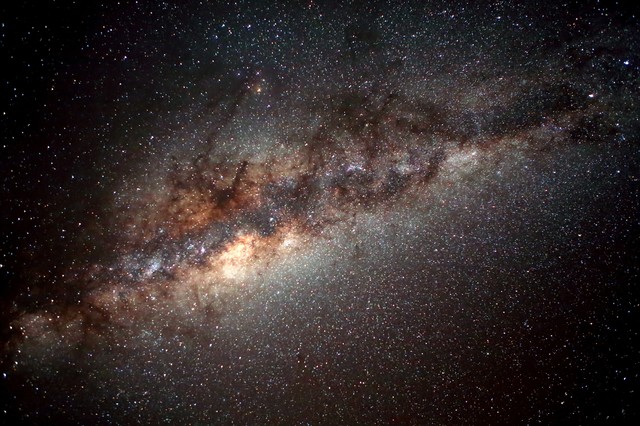Comparative planetology based on material physics
- How planets were formed -
by Shinji Karasawa
PDF version to Japanese version (日本語版へ) next page

[CG was provided by Pixta]
The Sun is a second-generation celestial body born from the interstellar medium that the first generation of stars had burst and spread out in space.
The formation of the solar system cannot be explained by universal gravitation alone.
Cosmic dust particles have an extremely weak gravitational force, and the particles adhere to other particles due to the short-range force at the contact point.
The planets grew due to contact with the interstellar medium orbiting the same orbit.
The larger the planets, the greater the universal gravitational force, and the closer they get, the greater the attraction of each other, and the greater the impact of the collision.
As the planet grows, the energy of the collision increases. Therefore, at the end of the formation of planets, collisions between large celestial bodies occur.
When planets in the same orbit collide, the entire center of mass continues to move in orbit without changing, so the fragments of the planets scattered by the collision eventually gather at the center of gravity with a low gravity potential, forming a large planet. Due to the collision of celestial bodies on the same orbit, the orbit does not change significantly. So, the orbit of the planet is almost circular. This "Giant Impact" is the scenario of the final stage of the planet's growth.
There are effects of solar wind on the rotational speed of terrestrial
planets, Mercury is small in size and close to the Sun, so it is thought
that Mercury’s counter clockwise rotation is slowed down due to the clockwise
rotational force under the head-on collision of counter clockwise rotational
the solar wind emitted by the Sun. On the other hand, the rotation of Venus
is in the direction of rotation in a clockwise direction. This phenomenon
occurs when the solar wind collides head-on with the thick atmosphere of
Venus, and the solar wind, which has a component that rotates counterclockwise due
to the rotation of the Sun, hits the planet and gives it a rotational force
that rotates clockwise as a whole . This effect can explain the fact that caused the "superrotation of the atmosphere of Venus" and changed the rotation of Venus clockwise. (July 5, 2025)
YouTube:Oxidation of ultrafine iron powders by solid carbon dioxide
YouTube:The internal structure of the Earth explained from the viewpoint ofcondensed matter physics
YouTube:Origins of meteorites
YouTube:Asteroid belt remains debris of the planet that failed to become the second Sun
Youtube:The birth of planets those are understood by condensed the matter physics
[Click on the image to play the video. ]
[to Index]
Chap.1 Introduction
Chap.2 Bonding through contact of fine particles Chap.3 Accumulation of the solar nebula
Chap.4 Formation of planets Chap.5 Birth of the Sun
Chap.6 Formation of the asteroid belt [Conclusion]
[Website of shinji karasawa]
 E-mail:[shinji-karasawa@kbh.biglobe.ne.jp]
E-mail:[shinji-karasawa@kbh.biglobe.ne.jp]